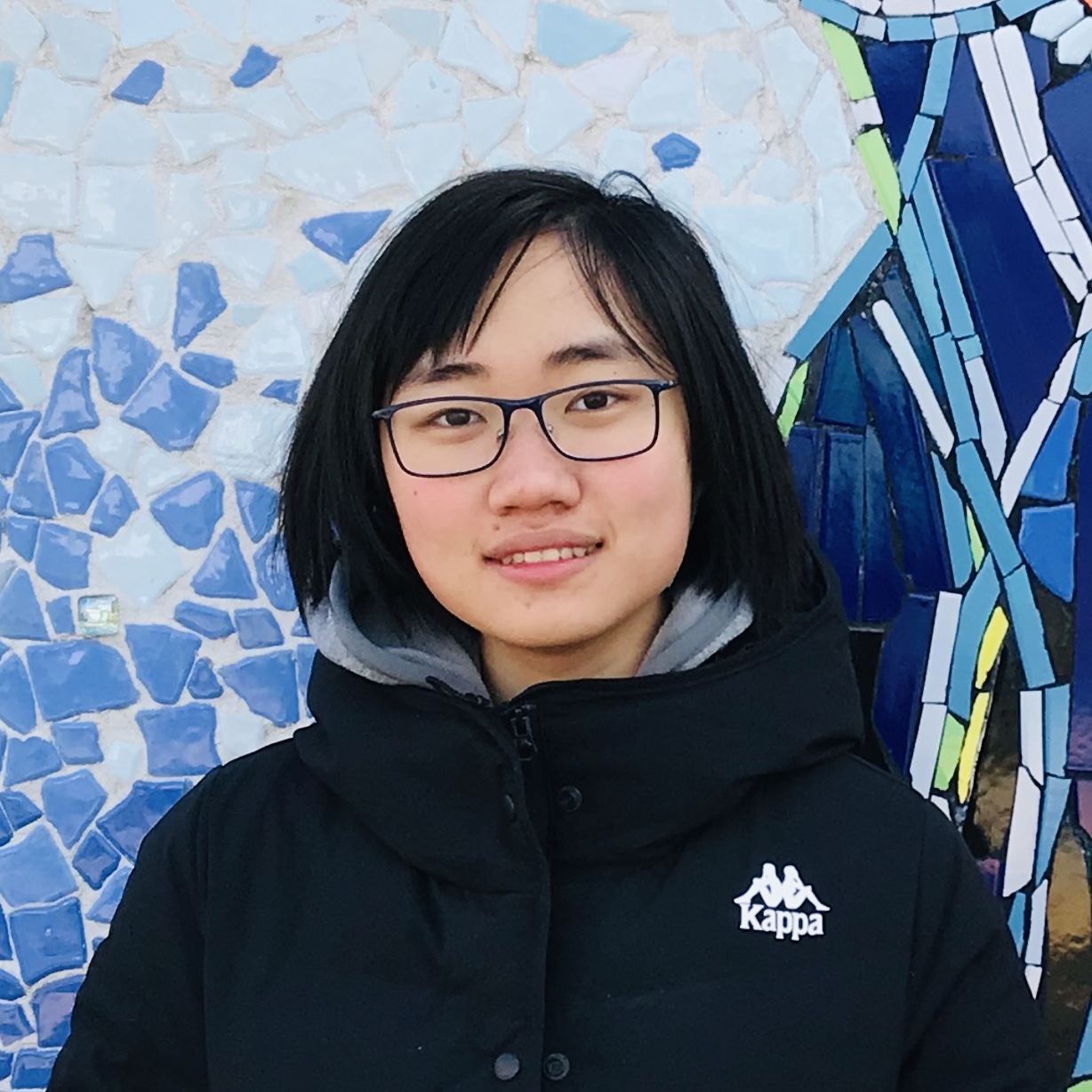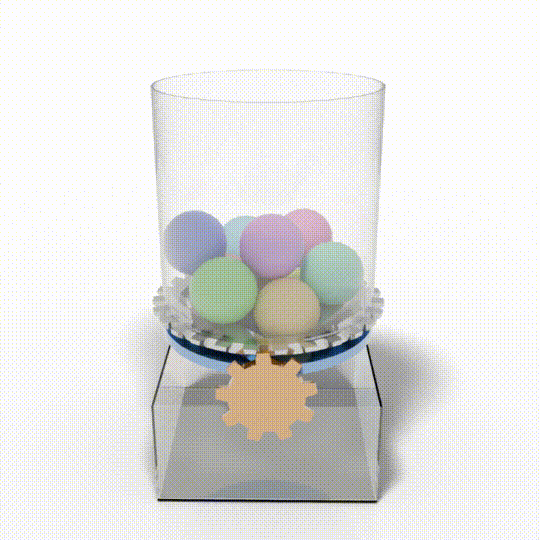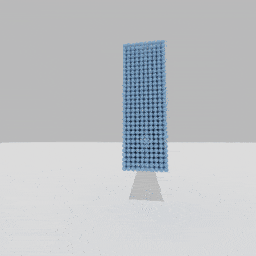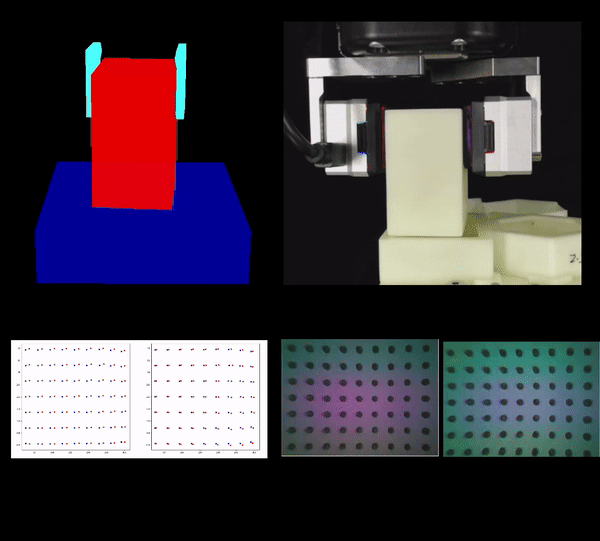About Me
My name is Xiaodi Yuan (袁小迪), and I also go by Ada.
I am a second-year PhD student at UC San Diego, advised by Prof. Hao Su. I received my B.Eng. degree from IIIS ("Yao Class"), Tsinghua University, where I worked with Prof. Li Yi on 3D shape reconstruction, and Prof. Tao Du on physics-based simulation.
My research interests are computer graphics and physics-based simulation. I am working on building fast and realistic simulation environments for embodied AI.
Publications [More]
C⁵D: Sequential Continuous Convex Collision Detection Using Cone Casting
In physics-based simulation of rigid or nearly rigid objects, collisions often become the primary performance bottleneck, particularly when enforcing intersection-free constraints. Previous simulation frameworks rely on primitive-level CCD algorithms. Due to the large number of colliding surface primitives to process, those methods are computationally intensive and heavily dependent on advanced parallel computing resources such as GPUs, which are often inaccessible due to competing tasks or capped threading capacity in applications like policy training for robotics. To address these limitations, we propose a sequential CCD algorithm for convex shapes undergoing constant affine motion. This approach uses the conservative advancement method to iteratively refine a lower-bound estimate of the TOI, exploiting the linearity of affine motion and the efficiency of convex shape distance computation. Our CCD algorithm integrates seamlessly into the ABD framework, achieving a 10-fold speed-up over primitive-level CCD. Its high single-threaded efficiency further enables significant throughput improvements via scene-level parallelism, making it well-suited for resource-constrained environments.
General-Purpose Sim2Real Protocol for Learning Contact-Rich Manipulation With Marker-Based Visuotactile Sensors
TRO 2024 [PDF]
We build a general-purpose Sim2Real protocol for manipulation policy learning with marker-based visuotactile sensors. To improve the simulation fidelity, we employ an FEM-based physics simulator that can simulate the sensor deformation accurately and stably for arbitrary geometries. We further propose a novel tactile feature extraction network that directly processes the set of pixel coordinates of tactile sensor markers and a self-supervised pre-training strategy to improve the efficiency and generalizability of RL policies.
Projects [More]
SAPIEN SPH: A Simple GPU-based Implementation of PCISPH
Homework project for the course “Physical Simulation” at UCSD instructed by Prof. Albert Chern.
ManiSkill-ViTac: Vision-based-Tactile Manipulation Skill Learning Challenge 2024
ICRA 2024 Workshop [Project]
The ManiSkill-ViTac Challenge aims to provide a standardized benchmarking platform for evaluating the performance of vision-based-tactile manipulation skill learning in real-world robot applications. The challenge is supported by the GPU-based IPC simulator I developed.





